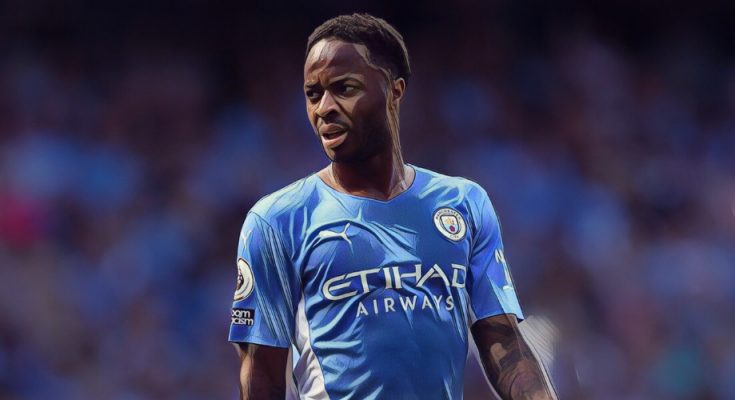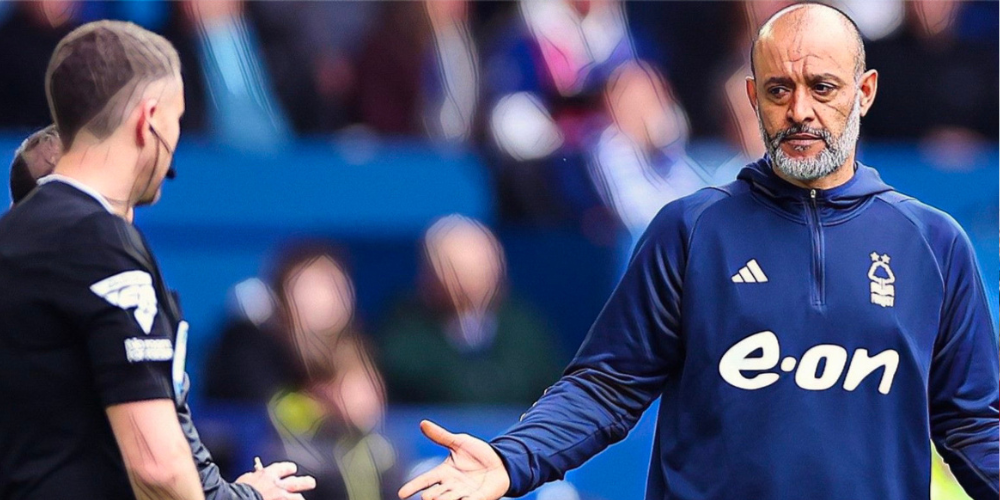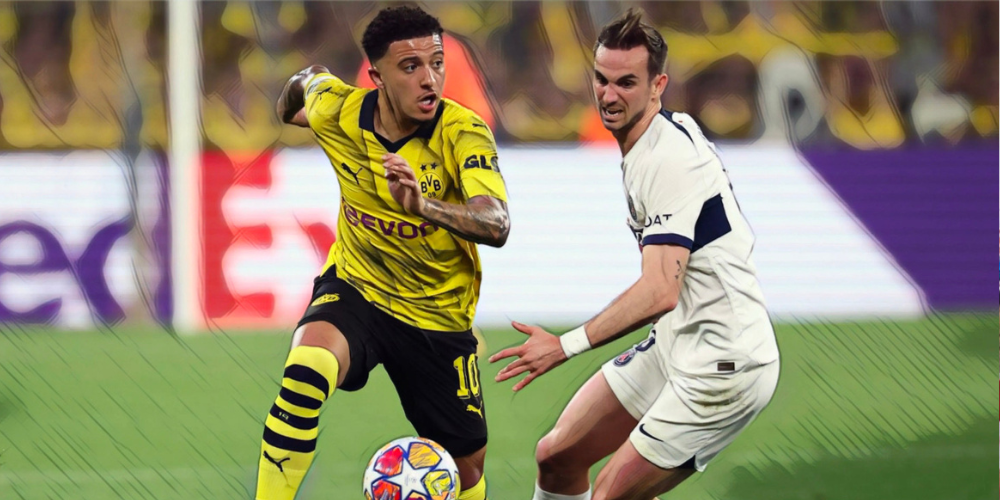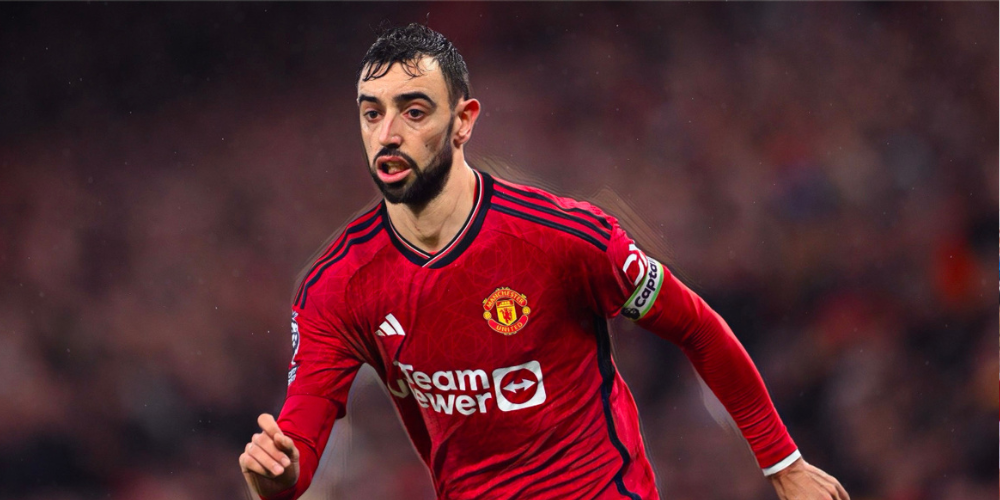As Chelsea move closer to offloading Romelu Lukaku, Raheem Sterling has emerged as the prime candidate to replace the Belgian striker.
With the arrivals of Erling Haaland and Julian Alvarez threatening to diminish Sterling’s role, one which has already reduced in recent years, the 27-year-old seems keen to join Thomas Tuchel’s side and secure his spot in England’s World Cup squad.
Lukaku is a very different profile of forward to Sterling and while the latter has shown he’s capable of playing as a false nine, his arrival in the midst of Lukaku’s exit signals Tuchel’s desire to alter the dynamic of his frontline.
The primary reason Lukaku failed to ignite for Chelsea, in the same manner he did for Inter Milan, was Tuchel’s preference for a slower, possession-based game. His runs in behind were not found with the kind of direct, back-to-front passes he previously thrived on, and Lukaku suffered from a lack of opportunities in transition given the Blues’ tendency to dominate the ball.
Chelsea looked better with Kai Havertz playing at number nine, interchanging with the rest of the front three and participating in quick interchanges of passing in tight areas to create chances.
This style of attacking football is what Tuchel first implemented when he arrived at Chelsea and as the last year has shown, he seems more inclined to improve upon this model, rather than adapt it to suit a different type of forward.
Sterling is a much better fit for the profile of forward Tuchel seems to prefer. He’s played in a variety of roles and positions, featuring in the hole behind a front two, as a second striker, a left winger, right winger, and false nine. Such versatility is a testament to the range of technical abilities Sterling possesses as well as his tactical acumen.
𝘽𝙚𝙨𝙩 𝙤𝙛…Raheem Sterling! 🌟
Watch @sterling7’s most memorable moments from our 2021/22 season! ⏮ pic.twitter.com/WPCWJmpZQQ
— Manchester City (@ManCity) June 21, 2022
His spatial awareness is his strongest asset. Sterling excels at finding pockets of space within the opposition defensive structure to receive and carry the ball. His dribbling over long distances is impressive, enabling him to drop deep and make extended forays forward himself.
While less of a feature at Manchester City, for Liverpool and England he has also shown his incredible close control in more congested, central areas over shorter distances. Sterling is therefore a useful asset in disrupting deeper sitting defences, capable of commanding the attention of multiple markers and creating space for other players.
Sterling’s movement is also critical to his influence upon his teams. While he is often derided for his poor finishing, he remains remarkably consistent with his goalscoring output due to the intelligent runs he makes in behind and ahead of the ball. His acceleration enables him to loiter in the box and time his run to perfection, starting well behind opposition defenders in the box before bursting beyond them to attain close-range shots at goal.
He’s also an underrated presence physically. Sterling is remarkably effective at retaining possession under pressure and riding opposition challenges. His combination of strength and speed, along with his aforementioned tactical awareness, makes him an extremely forceful presser.
Perhaps the biggest pitfall in Sterling’s game is his decision-making. His choice and execution on certain passes can be suspect, while he can often be overeager to carry the ball himself and lose possession in traffic. Under Pep Guardiola, he benefitted tremendously from being given an extremely detailed tactical structure which gave him greater guidance in making attacking decisions.
Most non-penalty goals scored in the Premier League for Chelsea since the start of the 2017/18 season:
◉ 22 – Eden Hazard
◉ 22 – Mason Mount
◉ 21 – Tammy AbrahamRaheem Sterling has scored more than all three combined in that time (75). 💪 pic.twitter.com/OabSoLadcN
— Squawka (@Squawka) June 19, 2022
This isn’t to say Sterling is poor when such detail is not given to him: he thrived for Brendan Rodgers at Liverpool in a team predicated on more instinctive, quick counter-attacks. However, to get the best out of Sterling, he needs to be seen as a component within a broader system rather than a player who is built around or who is going to conjure up game-changing moments alone.
Tuchel is an ideal coach for him in this respect. In Chelsea’s 3-4-3, Sterling could play anywhere across the front three and would have a clearly outlined role under Tuchel. His transition to the team’s pressing and possession demands would be smooth, given similarities between Guardiola and Tuchel.
Sterling gives Chelsea an excellent off-ball presence who can disrupt opposition defences with astute movement, and will help ameliorate their struggles against deep sitting defences. His arrival means someone like Kai Havertz can focus more on creating from deep rather than performing a role as both a creative presence and the side’s primary goalscorer.
Sterling may not be a prolific goalscorer or an out-and-out number nine, but he should give Chelsea a reliable source of goals and, crucially, suit Thomas Tuchel’s attacking system.



